I stood still, calm yet anxious, in the face of a pack of velociraptor-esque enemies. As one lunged forward, swinging both of its clawed arms with the intention to bleed me dry, I guarded. Blocking this attack gave me the opening I needed to lash out at my foes with a flurry of devastating moves. As swiftly as the opening came, it closed again as a tail swung toward my head. Deftly dodging it at the last minute seemed to cause everything to slow down, letting me finish off my foes with one final blow. My allies were wounded, but we’d survived. It was time to press on.
This sort of encounter is the standard fare in Ys VIII: Lacrimosa of Dana — the newest entry in a decades-old series that’s finally back after an 8-year hiatus. This fast-paced, reflex-driven hack-n-slash game features a combat system that rewards aggressive assaults tempered by defensive reprieves, and follows what is ultimately an oddly paced, disjointed narrative.
Setting It Up…
You begin the game on a ship working as a temporary deckhand. But no sooner than the captain tells you of the cursed island you are about to pass by, you come under a Kraken siege that eventually leaves you stranded. From here you begin to piece together a rag-tag group of castaways in an effort to get off the island. In the process, you discover living dinosaurs — and Adol, your avatar, begins to have dreams about a maiden named Dana who seemingly inhabited this island long ago.
 Visions of Dana’s past are accompanied by beautiful hand drawn pictures.
Visions of Dana’s past are accompanied by beautiful hand drawn pictures.
Whose Story Is It Anyway?
As you might be able to tell from this description, Ys VIII‘s plot struggles to decide what it wants to be about. Is it a survival game about escaping an island? Or is it an odd time travel story centered around figuring out the past of Dana and the island? Had the game more closely followed the structure of something like the TV series Lost, then perhaps the narrative would have intertwined these plot points in a fascinating arc. But it doesn’t, and instead it places all these forces at odds with one another.
The Stakes Couldn’t Be Lower
The writers also failed to establish the stakes of your adventure, so the game really lacks a sense of gravity or urgency. While you start out trying to survive, it never falls on you to actually hunt or find a source of water. This isn’t supposed to be a survival game by any means — but without any mechanics or story moments to back up the threat of having crashed on an island, it feels like there is no threat at all.
And this is only exacerbated by the fact that nothing bad really ever happens to you because of the island.
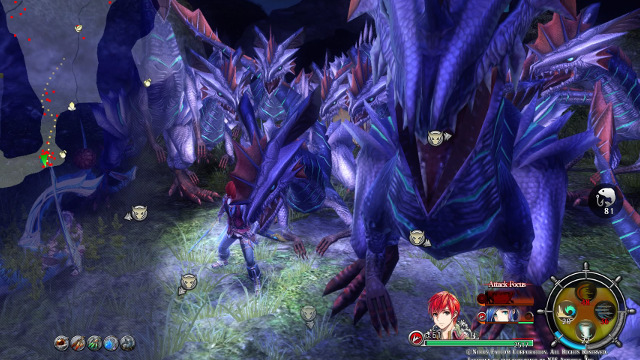
Okay, maybe SOME bad stuff happens…
Characters complain about not having modern conventions like booze — but aside from that, they always seem to conveniently have whatever they need whenever they need it. You find castaways all over the island in dead ends that are filled with powerful foes, without any clear food and water sources or refuge from enemies and the elements. And no one ever seems to actually perish because of this whole ordeal. Whether they’re getting attacked by roving groups of dinosaurs, seeing the destruction of their ship, or getting separated from others for extended periods of time without survival skills, everyone seems to be okay. And that’s not okay.
What do you do in all of this? You explore the island until something happens to you.
From a storytelling perspective, it’s rare that you’re actively doing anything. Instead of taking action to make stuff happen that would give those actions meaning, you generally just wander into plot-relevant situations. You’re a passive participant rather than an active player in this tale — and that’s a direct detriment to how satisfying the story is.
Characters Save the Day
While the story is rather lackluster, I enjoyed most of the characters. Laxia, your first teammate, struggles with her rank and her adjustment to the less cultured life that comes with being stranded on an island. She’s also got some daddy issues to work through. Her personal arc was fulfilling, and I was interested to see where this restless 19 year-old went with her life.
My favorite character, Ricotta, was a young feral tween who was masterfully characterized in even the smallest interactions. Whether it be the unique sense of fashion she created from clothes that had washed ashore over the years or her interest in learning to read to get a glimpse at the outside world, she was always a fascinating character to learn about.
Don’t let his diminutive size fool you; Little Paro is a god of war.
This concentration on characters also extended to the minor castaways — who each felt like they had distinct personalities despite never getting much time in the limelight.
One of my favorite aspects of the game was how castaways became productive members of your village in ways that felt relevant to you. One is a doctor who mixes medicine for you, another is a boy who becomes a farmer-in-training, and there’s a trio of women that become your blacksmith, tailor, and merchant.
As a final touch, your captain rewards your exploration for every 10% increment of the map you uncover. This really helped encourage further excursions and developed a theme of interdependency in the group that the larger story usually failed to deliver.
I don’t really mean to make the characters sound great — the lack of stakes really stunts the potential for character growth — but I found them enjoyable nonetheless.
Gameplay
This Island; My Island
Like I mentioned above, a significant amount of your time is spent exploring. While this didn’t not always translate to good storytelling, the Metroidvania-inspired level design does provide interesting gameplay. Many places are inaccessible until you have obtained certain items that let you do things like climbing vines, walking on swamps, or move obstacles.
Moreover, verticality and some complex, intertwining level design make for many interesting areas to explore. It never approaches the same bar of excellence set by the Arkham games or the Metroid series, but it still does a good job keeping things interesting around every corner.
Despite underwhelming graphics, the vistas were still breathtaking.
Quantity Isn’t Always Bad
Another strength of the game is its varied gameplay. Interception missions see you defending Castaway Village, while Suppression missions see you attacking enemy hives to stop their proliferation. Night search missions let you explore certain areas a second time with harder enemies and new loot.
Crafting mechanics also add some variety to the mix as you create equipment, potions, and meals for your party. You can also stop and go fishing in any body of water. So when you get tired of the action, you can take a break to do some more mundane tasks instead.
There are also sections where you play as Dana in the past, wherein she has access to her own extended dungeon and unique abilities that involve some light puzzle-solving mechanics. While none of this is incredibly deep, it all helps keep things interesting for the majority of this 50-hour adventure.
I surprisingly enjoyed my time fishing a good deal, but not a great deal.
Combat
Hacking And Whacking and Slashing
Putting all of that aside, the real meat of this game comes in the form of its action combat. On its surface, the game is rather simple. Offensively, you have an attack button that performs a basic combo when repeated, an assortment of special skills you can hotkey, and a super move. Defensively, you can jump, dodge roll, and block. All of this is rather straightforward, but it’s when you look at the nuances of these mechanics and how they fit together that combat becomes demanding and rewarding.
Skills use Skill Points (SP). There are two main ways to regain SP. First, if a skill finishes off an enemy, you get half of the SP it cost to cast it. Killing multiple enemies with one skill can even net you surplus SP. Second, not attacking for a couple seconds will charge your next primary attack. Landing this charged attack will deal double damage — but more importantly, it restores a significant amount of SP. Thanks to you being able to easily restore SP through offensive maneuvers, you constantly have skills at your disposal.
There are also some wrinkles in the defensive half of this formula. Dodging an attack at the last minute results in time slowing down for a brief instance, similar to Bayonetta’s Witch Time. Moreover, blocking an attack allows you to have a period of invincibility, during which all of your attacks deal critical damage. You can even have both active simultaneously, which is incredibly powerful.
On harder difficulties, utilizing these becomes an essential part of any strategy. If you are not performing one or the other, then you will not be able to work at peak efficiency on offense, which will significantly slow down the pace of the game (because you’d keep dying).
Bosses were also a consistent highlight throughout the game.
All of these elements combine to create a combat system that rewards both aggressively taking out enemies with decisive attacks and having the patience it takes to properly dodge and block your enemy’s advances. The fluidity of combat only serves to further punctuate this game’s finely tuned mechanics.
Perhaps most importantly, being skilled at combat felt like it was of paramount importance, even though the game is technically an RPG. While levels and stats matter, you can’t merely raise those values in an effort to clumsily tank through battles. If you want to survive, you’ll need to be skilled — and I respect that out of an ARPG.
There are some small problems I had with combat, however. While I enjoyed the challenge, it was annoying to fight nothing but large foes that take a ton of hits to defeat, can kill you in only a couple hits, and can’t be juggled — thus nullifying half of the skills in the game. Enemy hitboxes could be wonky at times as well.
Additionally, the ultimate move is executed with R1 + L1 — your blocking/hotkeys and dodging respectively — so I accidentally activated my ultimate move way more often than I would have liked. And lastly, blocking doesn’t have an actual animation; it just causes an aura to appear around you for a second. This was hard to get used to and never felt 100% normal.
Conclusion
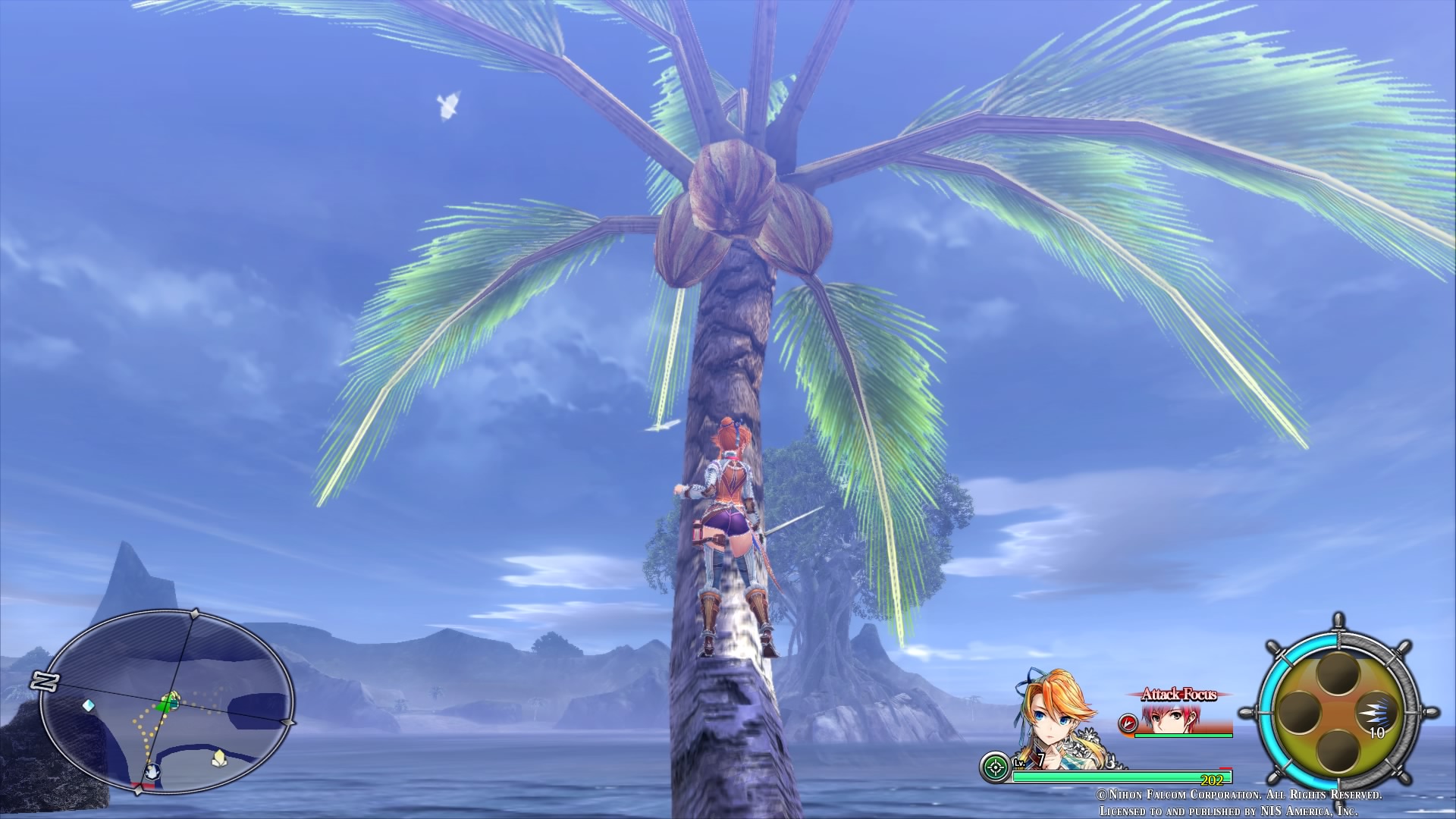 Small touches like knocking fruits out of trees really made the game shine.
Small touches like knocking fruits out of trees really made the game shine.
Ys VIII might never be considered pretty, but that doesn’t matter. The expansive island is varied and full of fleshed-out locales, offers fluid and challenging combat, has a plethora of gameplay hooks, and boasts fun characterizations that kept me invested in the adventure when the story didn’t.
It is thanks to these strengths that I can happily say that Ys VIII not only stands up to its contemporary competitors, but also beats many of them. I’d rather play this than Final Fantasy XV’s gorgeous, dragging combat and half-hearted open world design any day of the week. And in my book, that is no small feat.
[Note: A copy of this game was provided for this review by publisher Nihon Falcom.]

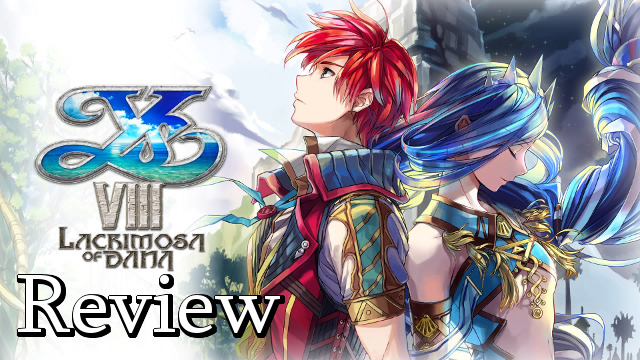
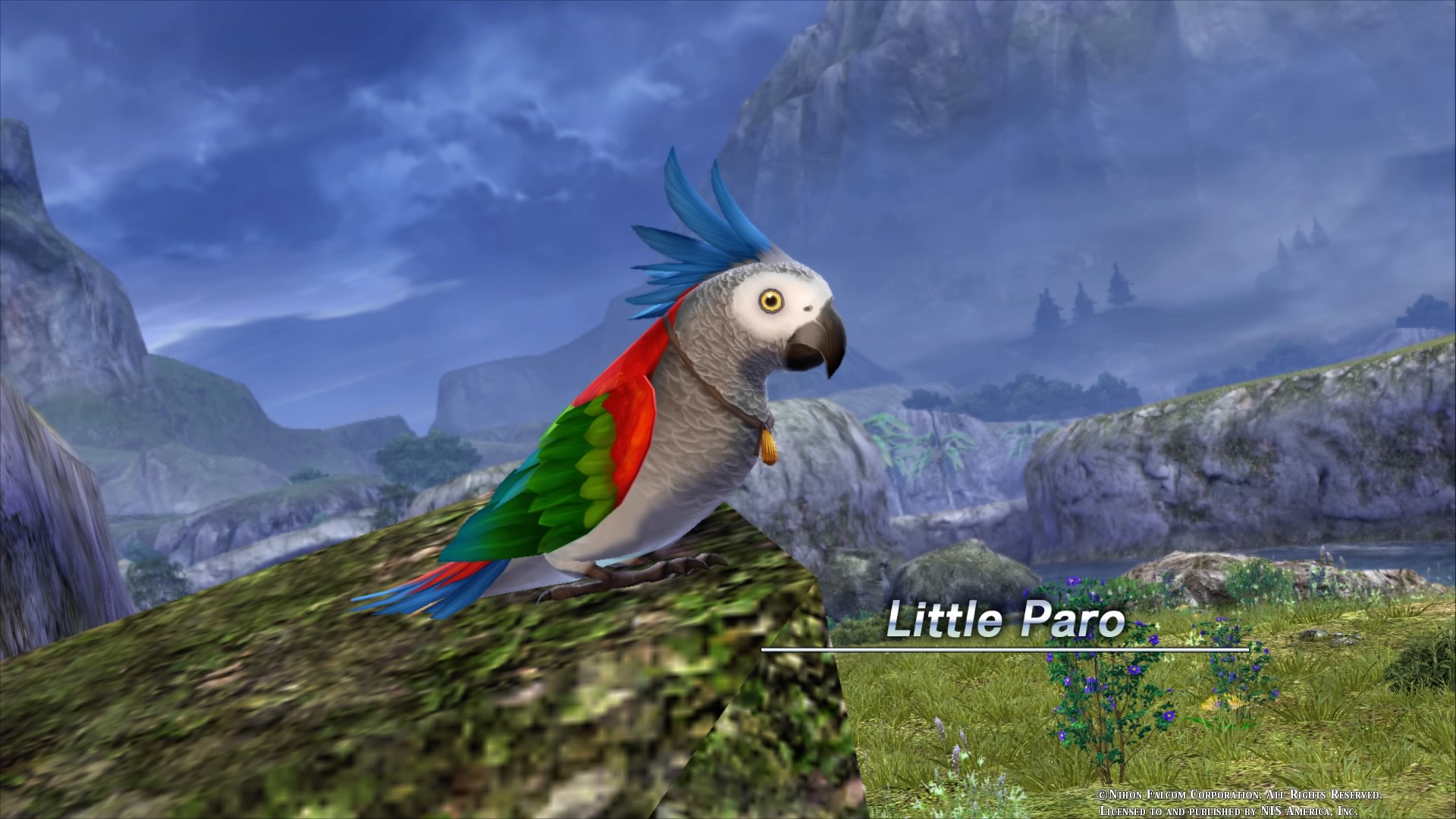
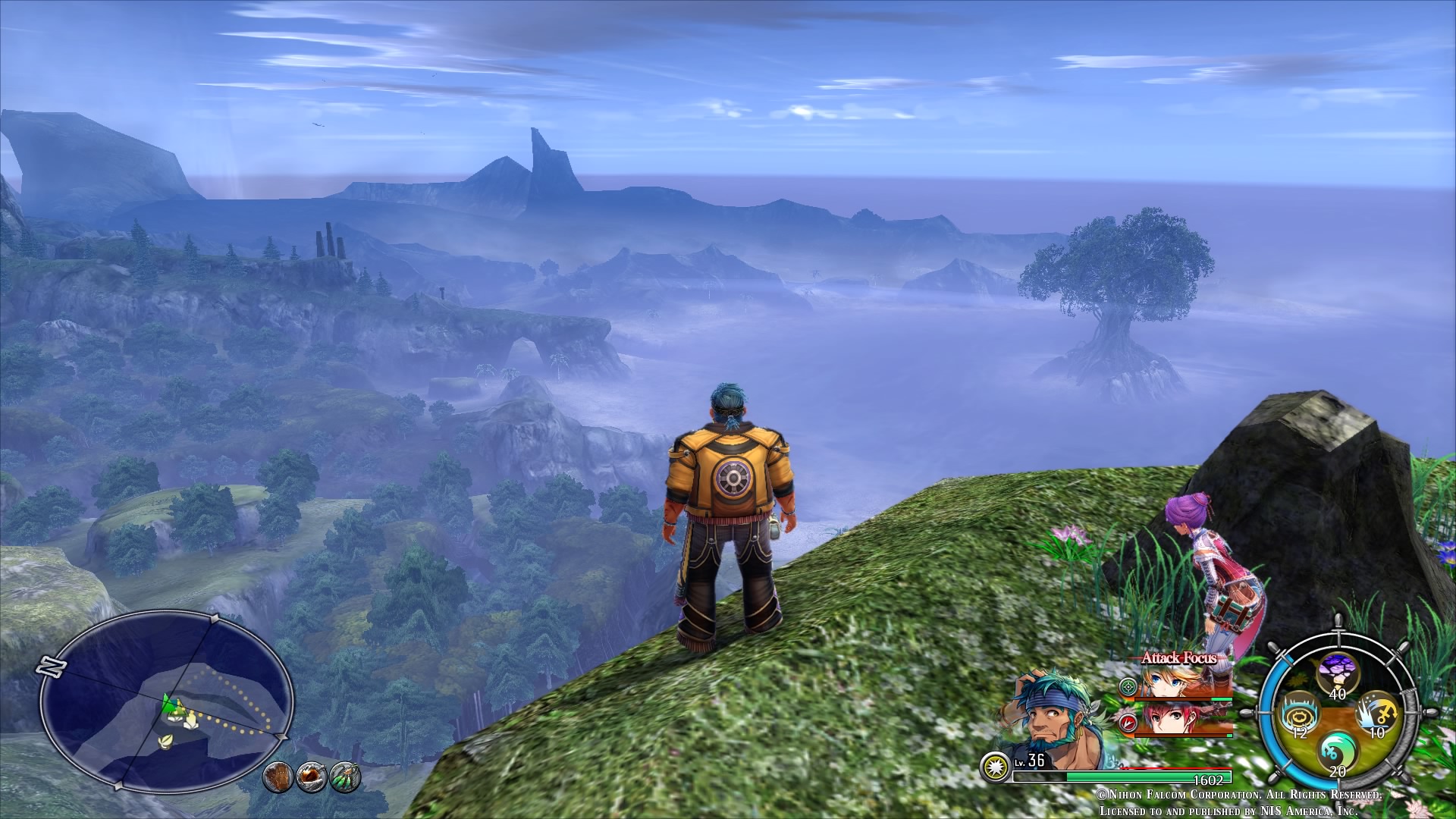
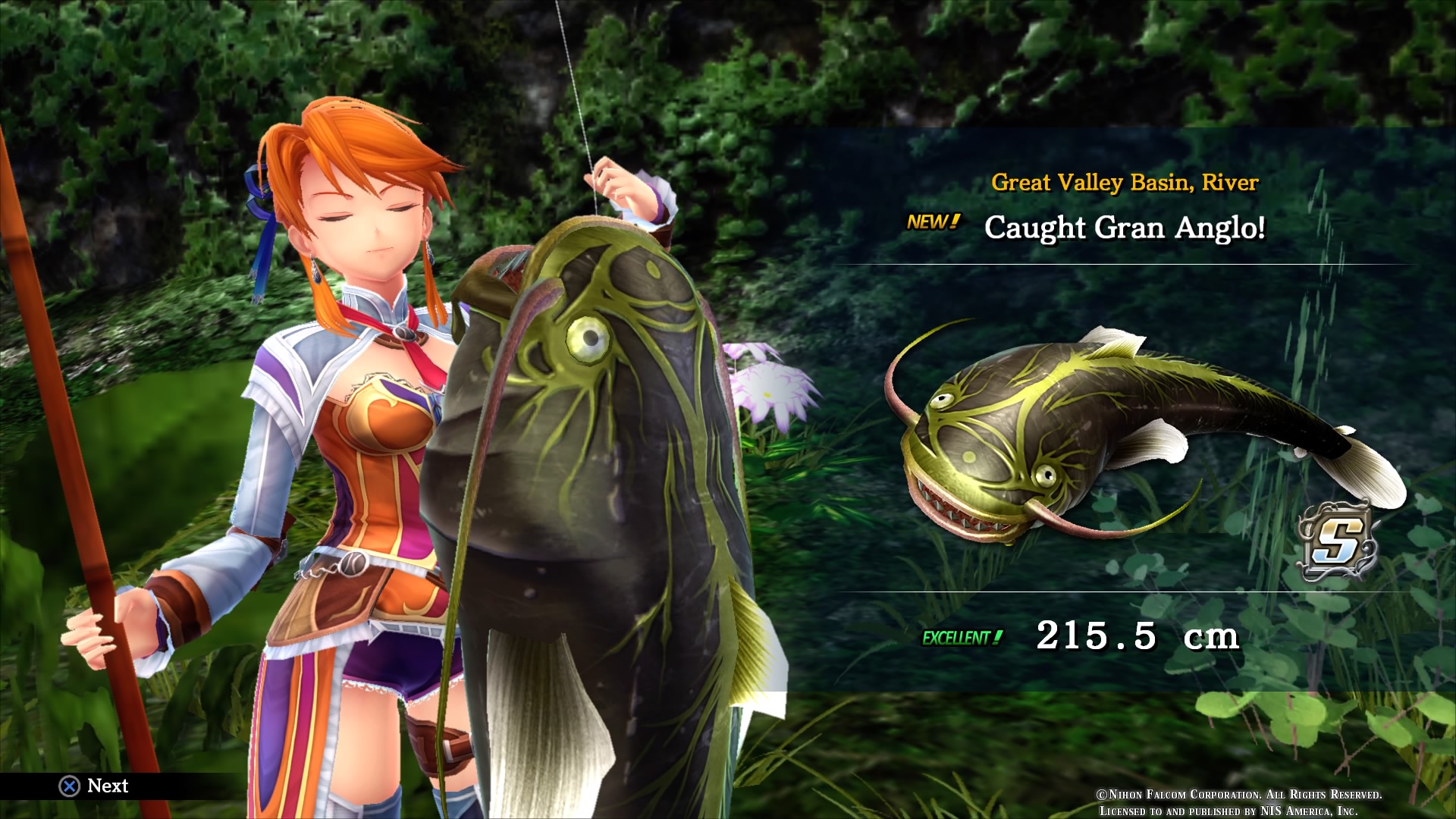
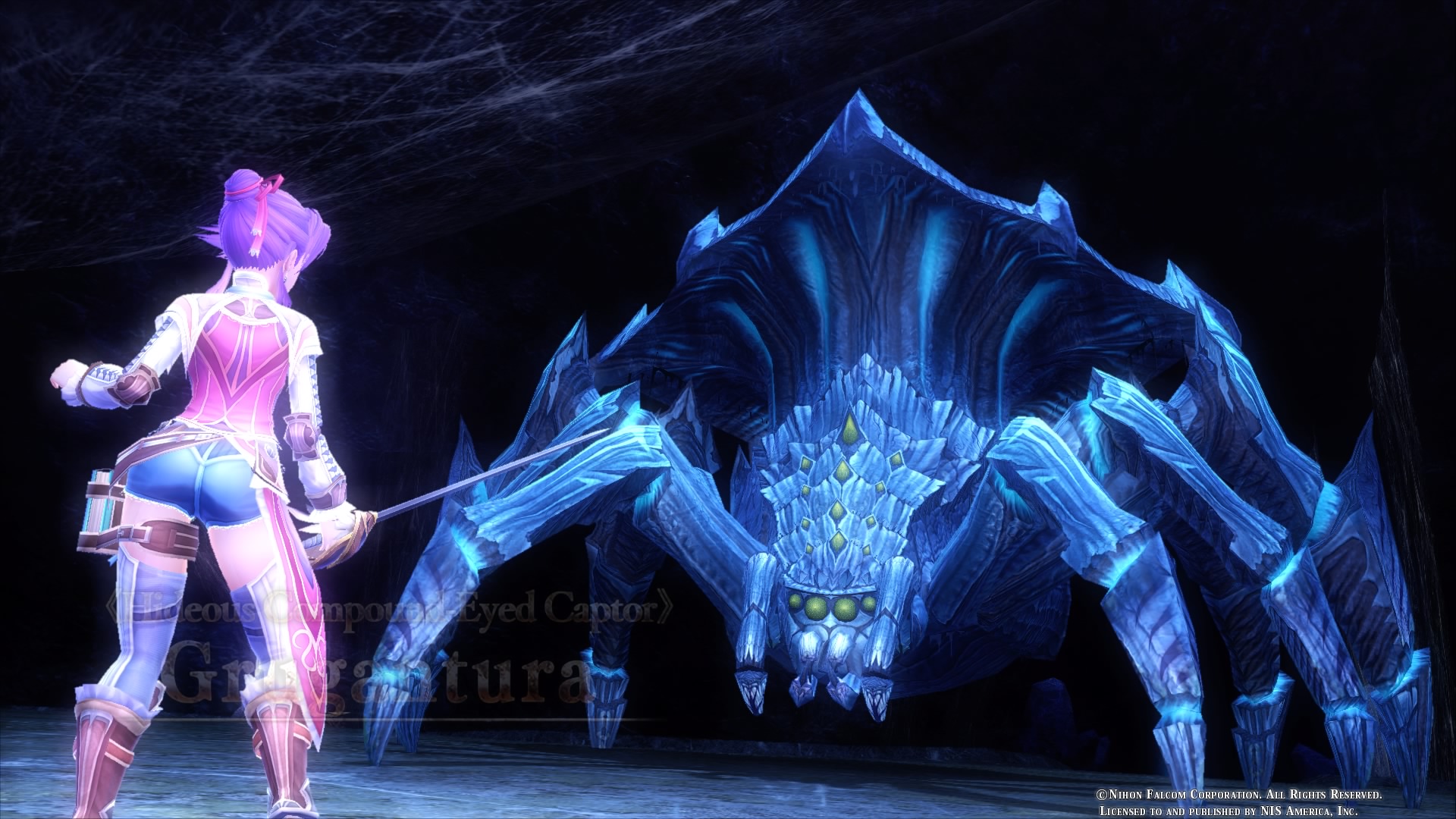





Published: Sep 7, 2017 03:05 am